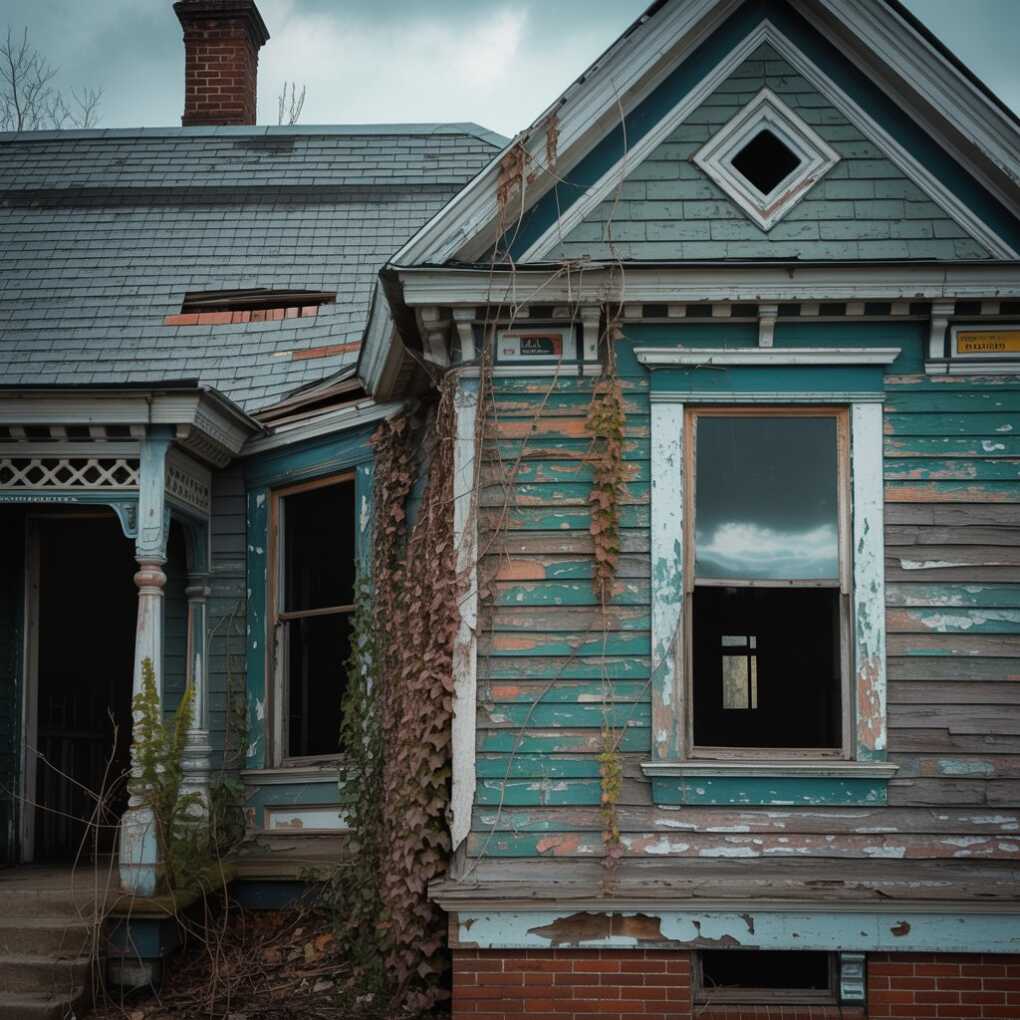Asbestos has long been regarded as one of the most concerning building materials in terms of health and safety, yet it still remains present in countless older homes, schools, and commercial properties. Its widespread use during the twentieth century, praised for durability and fire resistance, left a lasting impact on construction practices. However, the hidden dangers of asbestos often lie silently within walls, ceilings, and flooring, waiting to be uncovered by a thorough survey. Many property owners remain unaware of just how much risk might be lurking behind plaster or beneath insulation. We will explore how asbestos surveys reveal not only the locations of hidden fibers but also the potential consequences of prolonged exposure. By understanding what these surveys uncover, property owners can take meaningful steps toward protecting occupants and preventing hazardous conditions that could otherwise remain unnoticed for years.

What an Asbestos Survey Could Reveal
Hidden Asbestos in Common Building Materials
One of the most significant aspects of an asbestos survey is its ability to uncover asbestos hidden in everyday building materials that may not be immediately apparent. In many properties built before the year 2000, asbestos was used in products such as ceiling tiles, insulation boards, textured coatings, roofing sheets, and even vinyl flooring. Because these materials often look like harmless construction components, most property owners would never realize they contain harmful fibers until a survey identifies them.
This becomes especially important during renovations, demolitions, or even routine maintenance work, as disturbing asbestos releases microscopic fibers into the air. These fibers are invisible to the naked eye and can be inhaled without warning, embedding themselves into the lungs and leading to long-term respiratory conditions. A survey provides clarity and ensures that no hidden asbestos remains undiscovered, preventing dangerous accidental exposure that could affect both workers and occupants alike.
The Link Between Asbestos Exposure and Health Risks
An asbestos survey does more than locate dangerous materials; it also highlights the potential health risks associated with exposure. Companies such as Supernova Asbestos Surveys emphasize the importance of identifying asbestos early, since inhaled fibers can cause a range of illnesses, including asbestosis, lung cancer, and mesothelioma, a rare but aggressive form of cancer. These conditions typically develop years or even decades after exposure, which is why asbestos is often referred to as a “silent killer.” Without a proper survey, property owners might remain unaware of these risks until it is too late.
Furthermore, individuals living or working in environments with asbestos may unknowingly breathe in small amounts over time, compounding the danger. By revealing the type and condition of asbestos present, a survey provides the crucial information needed to make informed decisions about management, encapsulation, or removal. This knowledge allows for immediate action that prioritizes health while reducing the long-term consequences of asbestos exposure.
The Role of Asbestos Condition in Risk Assessment
Not all asbestos presents the same level of danger. Surveys not only detect the presence of asbestos but also assess its condition. Asbestos that is in good condition and left undisturbed may pose less immediate risk than asbestos that is damaged, crumbling, or exposed. The survey reveals whether the material is friable, meaning it can easily break apart and release fibers, or if it remains intact and stable. This condition assessment is critical for property owners when deciding on the next steps.
For example, materials in poor condition may require urgent removal or encapsulation, while intact materials could be managed with regular monitoring. Without such an evaluation, property owners may either underestimate or overreact to the situation, leading to poor decision-making. The survey provides balanced insights, ensuring safety is maintained without unnecessary disruption or expense, giving peace of mind in managing asbestos responsibly.
Legal Compliance and Duty of Care
An asbestos survey also reveals how property owners are aligning with legal obligations. In many regions, regulations require landlords, employers, and property managers to identify and manage asbestos risks within their buildings. Failure to comply can result in significant fines, legal action, and reputational damage. Beyond compliance, there is also a moral responsibility to protect tenants, employees, and visitors from harm. A survey documents the presence of asbestos and provides evidence that a property owner is fulfilling their duty of care. This is especially crucial in commercial and public buildings where many people may be affected. By uncovering asbestos and producing a management plan, surveys help ensure that properties meet regulatory standards while protecting everyone who enters the premises. In this way, a survey becomes more than a technical inspection—it becomes an assurance of accountability and safety for all parties involved.
Conclusion
Asbestos continues to present significant dangers, not because of its visibility but because of its hidden presence in countless properties. The role of a survey is to uncover what cannot be seen with the naked eye, revealing materials that could otherwise jeopardize health, safety, and compliance. They also uncover whether property owners are meeting legal obligations while ensuring future financial planning is protected. An asbestos survey is not just a technical requirement but a safeguard for the health of current and future generations. By recognizing the hidden dangers of asbestos and acting upon what a survey reveals, property owners take an essential step toward creating safer environments where occupants can live and work without fear of unseen harm.
